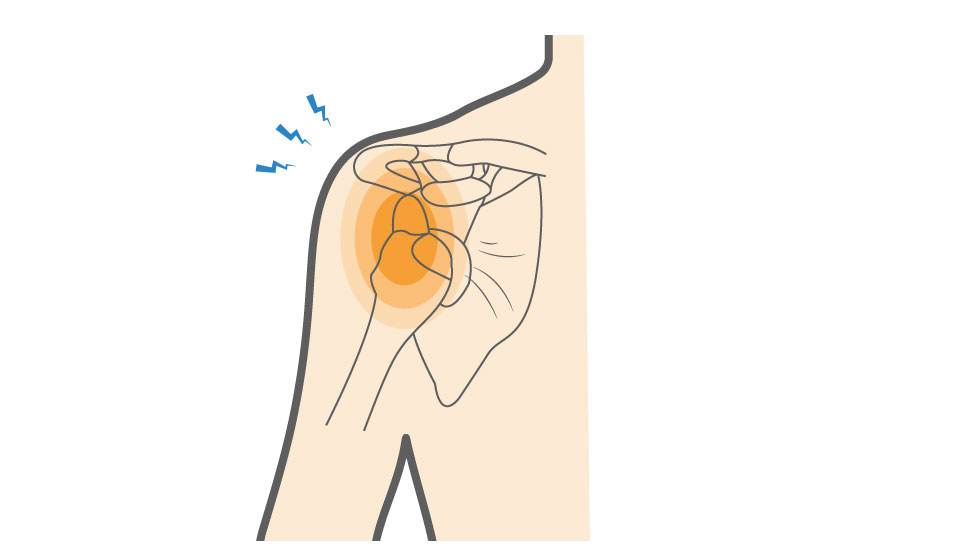The shoulder is a very flexible joint with a great range of motion. These characteristics allow us to perform actions like throwing a ball. However, they also make the shoulder unstable and more susceptible to injuries like dislocation. The shoulder is the most unstable joint in the body.
Shoulder instability is the inability of the shoulder’s ligaments and muscles to keep the humeral head in the glenoid fossa. Instability can cause the humerus to slip out of the socket and dislodge or dislocate. Instability can be partial, called a shoulder subluxation, or complete, called a dislocation.
• Subluxation: A partial shoulder dislocation that occurs when the head of the humerus slightly leaves the glenoid fossa.
• Dislocation: A dislocation occurs when the head of the humerus completely leaves the glenoid fossa. Dislocations can be traumatic (due to an injury, such as an impact) or atraumatic (the shoulder becomes loose due to stretching of the capsule). When the shoulder is dislocated due to a traumatic event, it often tears the labrum (a ring of cartilage inside the glenoid cavity that serves as the attachment site of the shoulder ligaments).
Shoulder instability can occur in three different ways:
• Anterior instability: The humerus is forced out of the joint through the front of the shoulder.
• Posterior instability: The humerus is forced out of the joint through the back of the shoulder.
• Multidirectional instability: The humerus leaves the joint in multiple directions.
Shoulder instability is classified into either
• Traumatic instability
• Atraumatic instability
Joint looseness and instability are common in these sports:
• Football
• Rugby
• Swimming
• Volleyball
• Basketball


